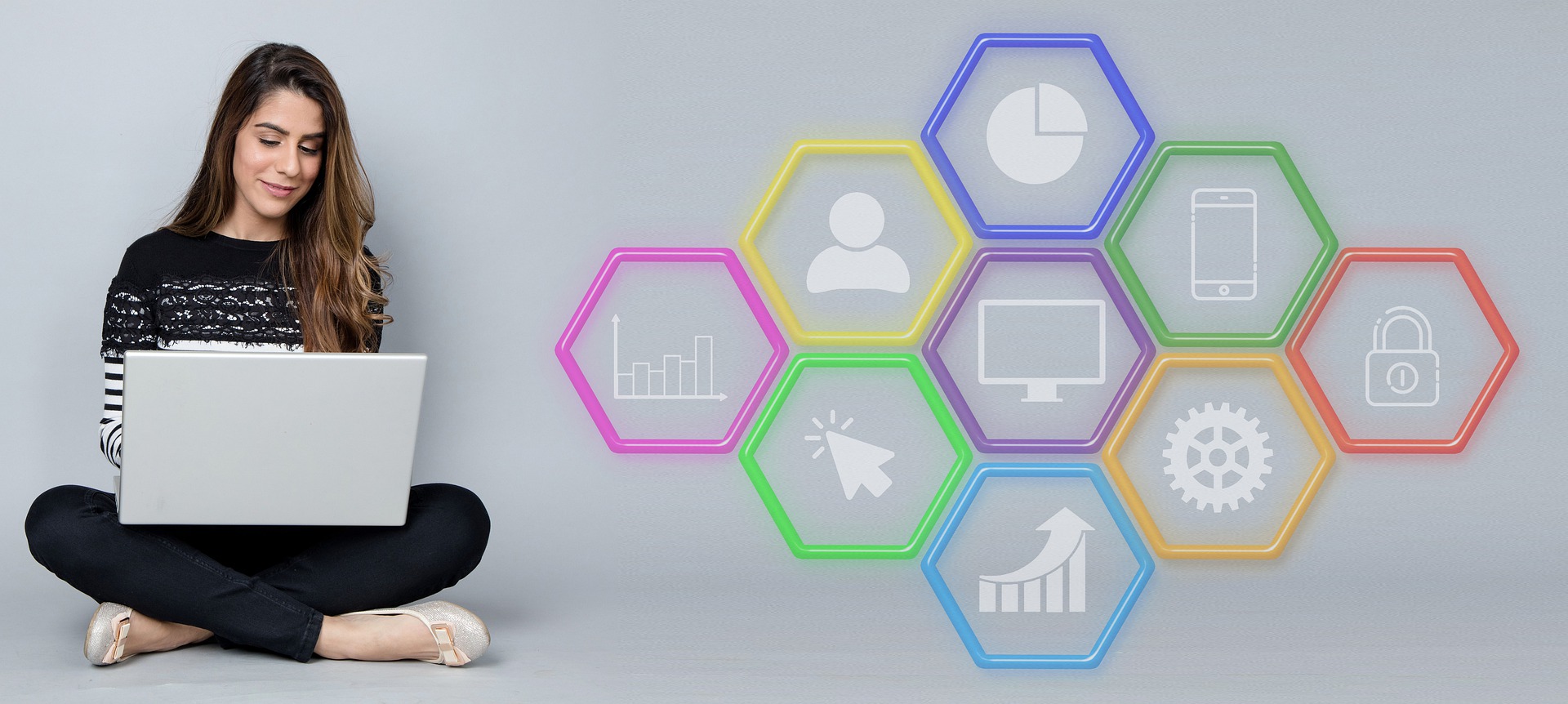Description
Exclusive – Investigate cybersecurity threats and master techniques needed to protect your network.
- Date: February 01 – 05, 2021 | 10:00 AM – 6:00 PM EST
–(Guaranteed To Run)–6 Seats Left. Register Early to secure class.
- Date: March 08 – 12, 2021 | 8:30 AM – 4:30 PM EST –15 Seats Left. Register Early to secure class.
- Date: March 29 – April 02, 2021 | 8:30 AM – 4:30 PM EST–15 Seats Left. Register Early to secure class.
- Date: April 05 – April 09, 2021 | 8:30 AM – 4:30 PM EST –15 Seats Left. Register Early to secure class.
These class dates will give a $400.00 Discount for registrations completed before 01/16/2021.
- Delivery Format: Virtual Classroom Live
- Location: ONLINE
Dates are not a fit? Ask about Private Lead Classes for your company team, with 10 or more employees.
OUTLINE
In this cybersecurity course, you will gain a global perspective of the challenges of designing a secure system, touching on all the cyber roles needed to provide a cohesive security solution. Through lecture, labs, and breakout discussion groups, you will learn about current threat trends across the Internet and their impact on organizational security. You will review standard cybersecurity terminology and compliance requirements, examine sample exploits, and gain hands-on experience mitigating controls. In a contained lab environment, you will work with live viruses, including
Microsoft Windows Server
Classroom Live Outline
1. Cybersecurity Awareness
- What is security?
- Confidentiality, integrity, and availability
- Security baselining
- Security concerns: Humans
- Types of threats
- Security controls
- What is hacking?
- Risk management
- Data in motion vs. data at rest
- Module review
2. Network Discovery
- Networking review
- Discovery, footprinting, and scanning
- Common vulnerabilities and exposures
- Security policies
- Vulnerabilities
- Module review
3. Systems Hardening
- What is hardening?
- Types of systems that can be hardened
- Security baselines
- How to harden systems
- Hardening systems by role
- Mobile devices
- Hardening on the network
- Analysis tools
- Authentication, authorization, and accounting
- Physical security
- Module review
4. Security Architecture
- Security architecture
- Network devices
- Network zones
- Network segmentation
- Network Address Translation
- Network Access Control
- Module review
5. Data Security
- Cryptography
- Principles of permissions
- Steganography
- Module review
6. Public Key Infrastructure
- Public key infrastructure
- Certification authorities
- Enabling trust
- Certificates
- CA management
- Module review
7. Identity Management
- What is identity management?
- Personally identifiable information
- Authentication factors
- Directory services
- Kerberos
- Windows NT LAN Manager
- Password policies
- Cracking passwords
- Password assessment tools
- Password managers
- Group accounts
- Service accounts
- Federated identities
- Identity as a Service
- Module review
8. Network Hardening
- Limiting remote admin access
- AAA: Administrative access
- Simple Network Management Protocol
- Network segmentation
- Limiting physical access
- Establishing secure access
- Network devices
- Fundamental device protection summary
- Traffic filtering best practices
- Module review
9. Malware
- What is malware?
- Infection methods
- Types of malware
- Backdoors
- Countermeasures
- Protection tools
- Module review
10. Social Engineering
- What is social engineering?
- Social engineering targets
- Social engineering attacks
- Statistical data
- Information harvesting
- Preventing social engineering
- Cyber awareness: Policies and procedures
- Social media
- Module review
11. Software Security
- Software engineering
- Security guidelines
- Software vulnerabilities
- Module review
12. Environment Monitoring
- Monitoring
- Monitoring vs. logging
- Monitoring/logging benefits
- Logging
- Metrics
- Module review
13. Physical Security
- What is physical security?
- Defense in depth
- Types of physical security controls
- Device security
- Human security
- Security policies
- Equipment tracking
- Module review
14. Incident Response
- Disaster types
- Incident investigation tips
- Business continuity planning
- Disaster recovery plan
- Forensic incident response
- Module review
15. Legal Considerations
- Regulatory compliance
- Cybercrime
- Module review
16. Trends in Cybersecurity
- Cybersecurity design constraints
- Cyber driving forces
- How connected are you?
- How reliant on connectivity are you?
- Identity management
- Cybersecurity standards
- Cybersecurity training
17. Course Look Around
- Looking back
- Looking forward
- Planning your journey
LABS
Classroom Live Labs
Lab 1: Explore HR Security
Lab 2: Interpret Scanning Results
Lab 3: Harden Servers and Workstations
Lab:4 Security Architecture
Lab 5: Protect Data
Lab 6: Configure a PKI
Lab 7: Manage Passwords
Lab 8: Explore Hardening Recommendations and Known Vulnerabilities
Lab 9: Detect Malware
Lab 10: Social Engineering
Lab 11: Privilege Escalation
Lab 12: Monitor a System
Lab 13: Implement Physical Security
Lab 14: Incident Response
Lab 15: Review Legal Considerations




